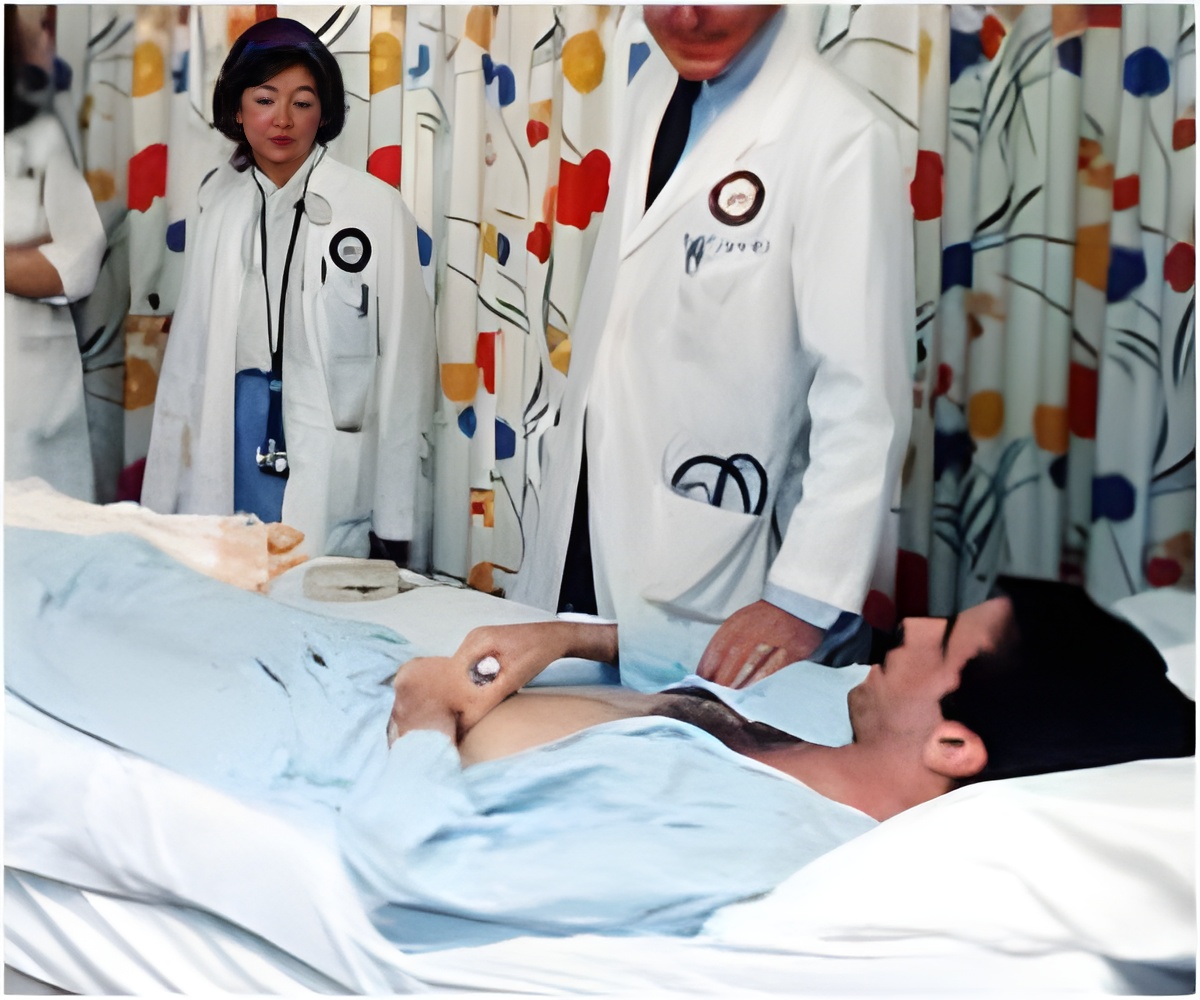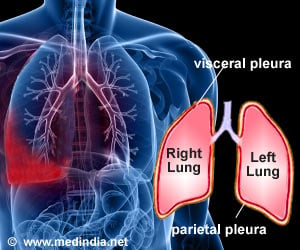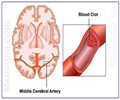A pulmonary embolism is a blockage of one or more arteries in the lungs, primarily because of blood clots that travel there from the legs.

The team was led by experts from the Perelman School of Medicine at the University of Pennsylvania. The meta-analysis of 16 published, randomized, controlled trials over the past 40 years assessed 2,115 pulmonary embolism patients, approximately half of whom received both thrombolysis and conventional anticoagulation treatment, namely IV-administered and injectable blood-thinners such as heparin; and half of whom only received the conventional treatment. The findings are published online in the Journal of the American Medical Association.
The authors found a 2.17 mortality rate among patients undergoing thrombolysis in addition to the other drugs. This compares to a 3.89 percent mortality rate for patients receiving the conventional blood-thinning regimen alone. Thus, the addition of thrombolysis was associated with 47 percent less mortality than standard anticoagulant therapy.
While the exact number of instances of pulmonary embolism is not known, experts estimate that 300,000 to 600,000 people in the United States are affected each year. More than 100,000 of these cases may result in death each year.
Thrombolysis involves the injection of clot-busting drugs such as alteplase and tenecteplase, usually through an intravenous line. In addition to sudden onset pulmonary embolism, patients may undergo emergency thrombolysis if they are having a stroke.
Using such criteria as low blood pressure, heart damage as revealed by diagnostic testing, and shortness of breath, physicians classify patients as being at high-risk, intermediate-risk, and low-risk of dying from pulmonary embolism. All patients diagnosed with sudden-onset pulmonary embolism are administered blood thinning medications such as heparin. These drugs prevent clot extension and put the body in a position to better break down the clot on its own. High-risk patients are usually also considered for more aggressive therapies such as thrombolysis or surgery to remove the clot, while low-risk patients generally are only maintained on oral blood-thinning medications such as warfarin.
Advertisement
"We discovered that thrombolysis was associated with a clear reduction in deaths in grey-area, intermediate-risk, pulmonary embolism patients," said the study's senior author, Jay Giri, MD, MPH, assistant professor of Clinical Medicine in the division of Cardiovascular Medicine at Penn. "Of course, this potential benefit must be balanced against potential bleeding risks, which we also attempted to clarify. With this knowledge, future research can help identify subgroups of patients who are most likely to obtain this mortality benefit and least likely to be harmed by bleeding, particularly intracranial hemorrhage."
Advertisement
Source-Eurekalert















